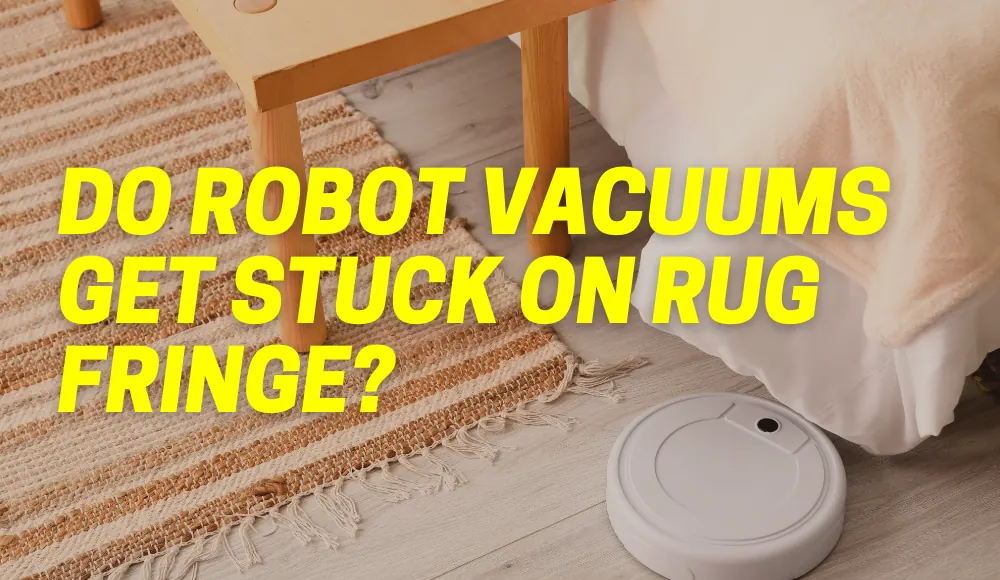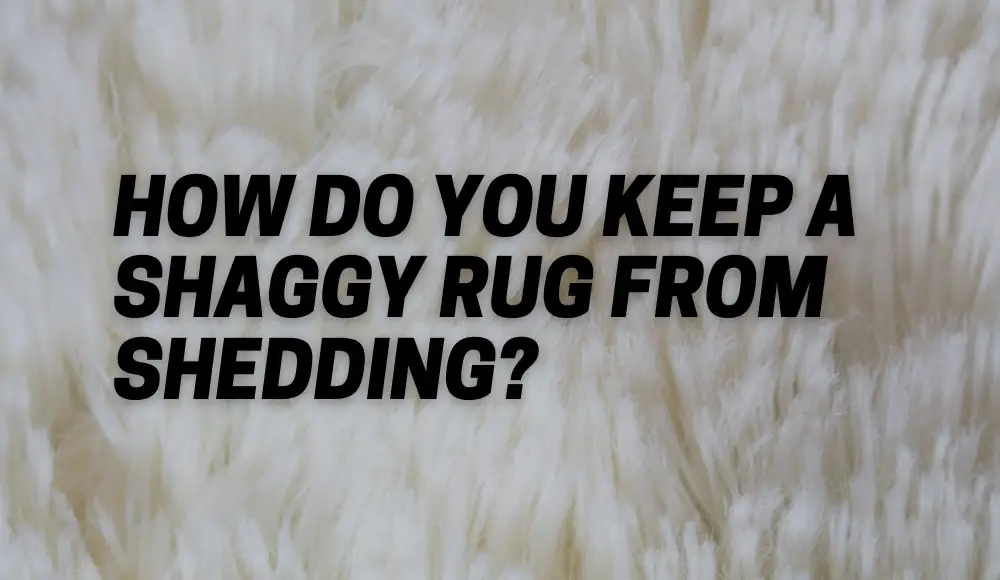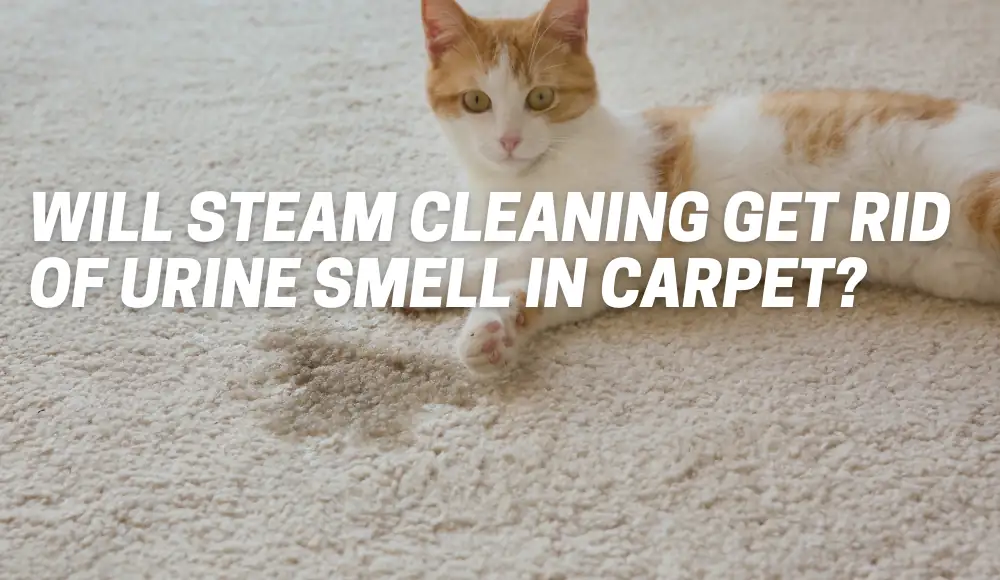Last updated on August 20th, 2023 at 01:55 am
Robot vacuums have revolutionized the way we clean our homes. Gone are the days of dragging a bulky vacuum cleaner around each room and struggling to get into tight corners and under furniture.
With a robot vacuum, cleaning has become effortless and convenient.
These small, self-contained devices use sensors and advanced technology to navigate around your home, cleaning up dirt and debris as they go.
One of the biggest benefits of robot vacuums is that they save you time. Instead of dedicating hours each week to cleaning your floors, you can simply set your robot vacuum on a schedule and let it do the work for you.
Many models also come with features like self-emptying bins, so you don’t even have to worry about emptying the dustbin after each use. Overall, these little machines provide an easy solution to keeping your floors clean with minimal effort on your part.
The Common Concern: Getting Stuck on Rug Fringe
Despite their many benefits, some people are hesitant to invest in a robot vacuum due to concerns about their effectiveness on different types of flooring.
One common concern is whether or not robot vacuums get stuck on rug fringe.
This is an important consideration for those who have carpets with long or thick fringes that could potentially cause issues for the device.
While some robot vacuums may struggle with certain types of rug fringe, it’s important to note that not all models are created equal.

There are many factors that can impact how well a robot vacuum performs on different types of flooring, including rug fringe.
In this article, we’ll take a closer look at how these devices work and what you can do to prevent them from getting stuck on rug fringe in your home.
Understanding Robot Vacuum Sensors and Navigation
How Robot Vacuums Navigate a Room
Robot vacuums are designed to navigate a room like a human cleaner would.
- They use sensors to detect obstacles in their path, move around furniture, and clean every inch of the floor.
- The first step in cleaning is mapping out the room layout. This can be done by using either cameras or laser sensors.
- Cameras capture images of the surroundings and create a visual map based on that data.
- Laser sensors use infrared light to bounce off objects, creating 3D maps of the room.
- Once the robot vacuum has created an accurate map, it starts cleaning in a systematic way.
It moves in straight lines or zig-zag patterns across the floor until every area has been covered.
Some robot vacuums have sensors that detect dirtier areas and focus on cleaning them more thoroughly than other parts of the room.
Sensors Used to Detect Obstacles and Avoid Falls
Robot vacuums also rely on various sensors to avoid obstacles and falls while navigating around your house.
These include
- infrared sensors, which work by emitting a beam of light and measuring how long it takes for it to bounce back after hitting an object;
- ultrasonic sensors, which use sound waves to detect obstacles;
- and cliff detectors, which detect drops or changes in height that could cause the vacuum to fall.
Some models even come equipped with advanced features like cameras that can recognize specific objects such as furniture or pets, allowing them to avoid collision better than basic models.
Newer robots also use Artificial Intelligence (AI) algorithms that allow them to learn from their previous experiences faster so they can quickly adapt their navigation routine when they encounter new scenarios.
These complex sensor systems enable robot vacuums to navigate around your house without getting stuck or causing damage while providing you with excellent cleaning results at all times!
Factors that Affect Robot Vacuum Performance on Rug Fringe
Types of rug fringe that may cause issues (long, thick, shaggy)
While most robot vacuums are designed to handle a variety of floor types and obstacles, certain types of rug fringe can pose a challenge.
Long, thick, or shaggy fringe can easily get tangled in the vacuum’s brushes or wheels and cause it to become stuck.
This is particularly true for older or cheaper models that may not have advanced sensor technology.
To avoid this issue, you may want to consider trimming your rug fringe regularly.
This will not only prevent your robot vacuum from getting stuck but also help keep your rugs looking neat and tidy.
Alternatively, you could opt for rugs with low piles or no fringe at all if you want to make sure your vacuum can clean them without any problems.
The height difference between rug and floor
Another factor that can affect a robot vacuum’s performance on rugs is the height difference between the rug and the surrounding flooring. If the rug is too high in relation to the floor or has uneven edges, it can cause the vacuum to get stuck or tip over.
Additionally, some models may struggle with transitioning between different surfaces such as hardwood floors and area rugs.
To address this issue, you can try placing a non-slip pad under your rug or securing it in place with double-sided tape or adhesive strips. This will help keep it flat and level while also preventing the robot vacuum from accidentally moving it around.

Condition of rug fringe (tangled or loose)
The condition of your rug fringe can also affect how well your robot vacuum performs on rugs.
Tangled or loose fringe can easily wrap around the brushes or wheels of the vacuum causing it to jam up or stop working altogether.
To prevent this from happening, make sure to regularly groom your rug fringe using a brush or comb.
Additionally, if you notice that your fringe is becoming too worn or damaged, consider replacing it with a new one to ensure that your robot vacuum can clean your rugs effectively and efficiently.
Tips for Preventing Robot Vacuums from Getting Stuck on Rug Fringe
Regularly trim or remove long or thick fringe
If you have a rug with a long or thick fringe, it is important to regularly trim it to prevent your robot vacuum from getting tangled. A pair of scissors or clippers can do the trick.
Be sure to cut any loose strands that may be hanging off the sides of your rug too.
If trimming seems like too much maintenance, you could consider removing the fringe altogether. This will not only help your robot vacuum run smoothly but also give your rug a clean and modern look.
Use boundary markers to prevent the vacuum from going onto rugs with problematic fringe
If you find that even trimmed fringe is still causing trouble for your robot vacuum, try using boundary markers.
These markers can be placed on a specific area of your floor so the robot knows not to go there.
This way, you can section off problem rugs with ease and allow the vacuum to focus on other areas of your home.
The best part? You don’t have to worry about coming home to a tangled mess!
Place a barrier around the rug to prevent the vacuum from getting too close
Another strategy for preventing robot vacuums from getting stuck on rug fringe is by placing a physical barrier around it.
This could be something as simple as placing chairs around the edges of your rug so that there is no way for your robot vacuum to go over it.
Alternatively, you could use tape or rope as barriers if chairs are not practical in certain areas of your home.
Just make sure that whatever barrier you use is sturdy enough so that it doesn’t accidentally move while the vacuum is running.
While some types of rugs may pose challenges for robot vacuums, there are several strategies that can be used to prevent them from getting stuck on rug fringe.
By trimming or removing long or thick fringe, using boundary markers, and placing barriers around your rugs, you can ensure that your robot vacuum runs smoothly and efficiently throughout the house.
Experiment with these tactics to see which works best for you.
Choosing the Right Robot Vacuum for Rug Fringe
Do all robot vacuums get stuck on rug fringe?
While some robot vacuums may struggle with rug fringes, there are models available that have specifically addressed this challenge.
Manufacturers have been hard at work to make our cleaning experiences even better.
For instance, newer robot vacuum models often come with enhanced sensors and features that help them navigate tricky areas like rug fringes. These smart sensors detect obstacles and adjust their cleaning patterns accordingly, preventing them from getting entangled.
In addition to improved sensors, some robot vacuums also boast a clever design that minimizes the chances of getting stuck on rug fringes. They may have a lower profile, allowing them to glide smoothly over the rug without snagging on the edges.
How does the Eufy robot vacuum manage with rug fringes?
—
To make sure you find a robot vacuum that can handle rug fringes, it’s a good idea to check the product specifications or descriptions.
Look for features like “anti-tangle technology” or “fringe-friendly design.” These indicate that the manufacturer has taken rug fringes into consideration during the vacuum’s design process.
Furthermore, reading customer reviews and experiences can provide valuable insights.
Other users who have similar rugs can share their experiences with different robot vacuums, helping you make an informed decision.
Do Roombas get stuck on area rugs?
For instance, robotic vacuums, like Roomba, are pretty amazing when it comes to cleaning up our floors effortlessly.
As some of the robot vacuums by Roomba have anti-tangle technology, it’s worth paying attention to these robotic helpers.
—
Here is what Roomba robot vacuum owners share and recommend on Reddit about its handling with rug fringe:
| Comment |
|---|
| One user has a Roomba 690 and finds it troublesome with fringes and thicker rugs. Suggests setting a virtual wall and manually vacuuming the rug. |
| Another has a rug with 1-1.5″ fringe, and the robot vacuum has no problems with the fringe but struggles with corners on rugs with or without fringes. |
| Had to change rugs to one without fringes because the rotating brush would lift the fringes and get caught under the rug. |
| Has owned different Roomba models and hasn’t found one that can handle fringes due to rotating brushes. |
| Agrees that manually vacuuming fringed rugs is a pain, doubts a robot would do any better. |
| Suggests that most robots will have trouble with tangling on rugs with fringes and recommends using the no-go zone feature in the app. |
| Mentions that the i7+ model can detect if the robot gets tangled and reverse the rollers. |
| Has a 650-series Roomba that handles fringes without any problem. |
| Asks about the length of the fringes since longer fringes tend to wrap around the rollers. Handling fringes depends on the angle of approach. |
| Has a rug with fringes similar to the ones in an Amazon product link and hasn’t experienced any tangles. Notes an issue with cliff sensors detecting dark patterns as cliffs. |
| Uses a runner rug with 2-inch fringe. Sometimes the robot gets hung up on the fringe, and corners of the rug need to be taped down to prevent damage. |
Conclusion
Recap of Main Points
When it comes to rug fringe, factors such as the type of fringe, height difference between rug and floor, and condition of the fringe can affect vacuum performance. Furthermore, we discussed tips for preventing robot vacuums from getting stuck on rug fringe.
Regularly trimming or removing long or thick fringe can help prevent issues. Similarly, using boundary markers or placing a barrier around the rug can also be effective methods for avoiding problems.
Reiteration and Optimistic Spin
While it is true that some robot vacuums may have trouble with certain types of rug fringe, it is important to remember that there are solutions available.
By understanding how these devices work and what factors can affect their performance on rugs with problematic fringe, you can take measures to ensure smooth operation without any interruptions.
If you have rugs with long or shaggy fringes that your robot vacuum tends to get stuck on frequently – don’t worry!
By following these tips and taking preventive measures such as trimming or removing problematic fringes in advance – you’ll be able to enjoy your clean floors without any setbacks in no time!



